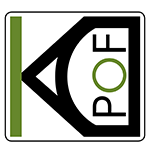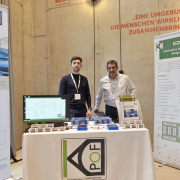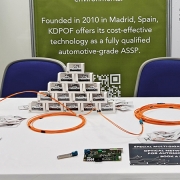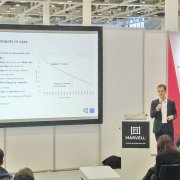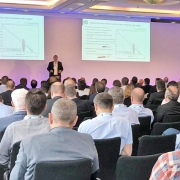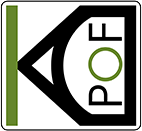Our CTO Rubén Pérez-Aranda Alonso will give the presentation “An optical nervous system to Interconnect Sensors and artificial brains in AV” at AutoSens USA Conference in Detroit, USA, on Wednesday, May 22, 2024 at 11:15 am in room 142C: “I am very excited to speak this year at AutoSens USA, and I appreciate this great opportunity to present the technology development that is happening around automotive optical links.”
In addition, we’ll show our latest demo setup at stand 258 in the exhibition area from May 21 to 23.
For an event preview, please also read the article “Journey through the Agenda: What’s Next for Automotive E/E Architectures?” by AutoSens News.
